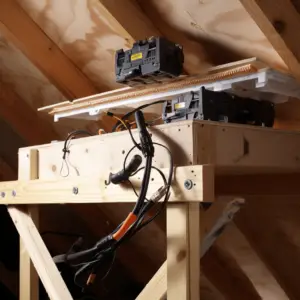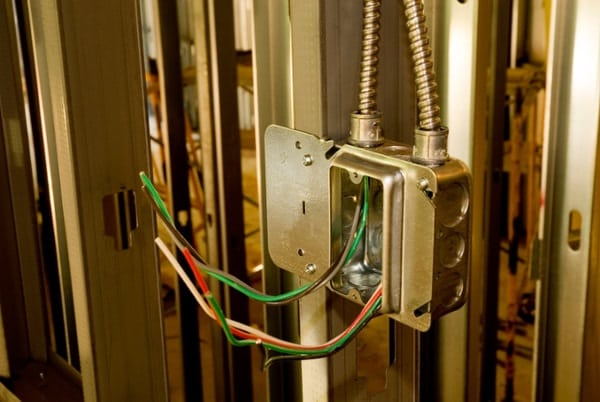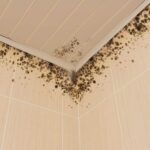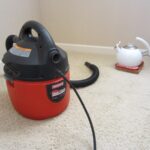Attic junction box installation, The essential requirement for junction boxes is that they should always be permanently accessible. According to the majority of construction codes, the phrase “permanently accessible” denotes that the junction box is visible and serviceable without removing any walls, ceilings, or building materials. Hidden junction boxes are hazardous for the people living in the house since they are quickly forgotten.
Table of Contents
Are Junction Boxes in the Attic Ok?

A junction box can be installed in the attic. To solve the accessibility issue, it is advised that you have the box open to the room’s ceiling below it. Softening the box’s look can be achieved by installing a low-profile faceplate and painting the cover to match your ceiling.
How to Correctly Install a Junction Box in the Attic
Installing an electrical junction box, or J-box, in the attic is similar to installing a J-box elsewhere. The fundamental National Electric Code, or NEC, guidelines are the same.
The easiest way to install a J-box in the attic is if the attic is unfinished and only used for storage. You must obtain a wiring permit before starting any work and have your work examined, precisely as a licensed electrician would, as is the case with any electrical job involving installing new devices and wires.
The things you will need to complete the installation include:
- A non-contact voltage tester
- A drill-driver with Philips screwdriver bits
- 4-inch square junction box with a blank cover
- Hammer
- Cable connectors
- Non-metallic sheathed cable staples
- Wire strippers
- Wire cutters
- Utility knife or cable ripper
- Plastic wire nuts
Below are steps on how to install a junction box in the attic
- Turn off all circuit breakers for the wires where the J-box will go. Use the non-contact voltage tester to check that the circuit breakers are off before cutting the cables. Before cutting, mark the cables to know which wires to splice in the J-box.
- Using two #8 by 1-inch wood screws, attach the J-box to the side of a framing member, such as a ceiling rafter, wall stud, or floor beam. Install the box so that any wires entering and exiting it are at least 1.25 inches from the face of the rafter, stud, or beam. The NEC requires this 1.25-inch setback to safeguard the cables from harm from screws or nails.
- Install a cable connector in the box for each cable entering or exiting the box. Additionally, avoid positioning the box anywhere that it will afterward be covered with insulation or hidden in any other way. The NEC stipulates that a J-box must always be accessible.
A Junction Box In The Attic

- Attach the ends of the cable in the junction box. Slide the cable ends through the cable connectors until they are 6 inches away from the front of the box. Clamping screws on the cable connector should be turned clockwise to hold the cables in place.
- Using a utility knife or a cable ripper, peel away the jacket from the cable ends. The ends of the white and black insulated wires should have 0.75 inches of insulation removed. Use the correct notch on the wire strippers while removing the insulation from the wires.
- Using a wire nut, join all bare ground wires inside the box. Hold all ends of the wires together and screw on the wire nut to make the connection. Connect the stripped ends of the black wires in the same way, then the white ones. Double-check your markings on the cables to ensure that you have linked the correct wires in the box.
- Put the box cover back on and switch on the circuit breakers after your work has been inspected.
Related Questions
What is a Junction Box?
The phrase “junction box” refers to a specific use of electrical boxes, not a specific kind of electrical box. Wire connections are kept in junction boxes, such as where a circuit changes to go to a switch or a receptacle along its journey.
A junction box may also act as the starting point for a cable that supplies several electrical fittings. Electricians frequently employ switches, receptacles, and light box fixtures when wiring junctions, but this is only permissible if the box is big enough to accommodate all the wires safely.
Is It Possible to Hide Electrical Boxes?
Electrical boxes should be accessible. While leaving the front panel door open, the electrician or builder frequently installs drywall up the sides of the junction box to conceal it. In this manner, the box won’t protrude from the wall.
Does the Attic’s Electrical Wiring Require Conduit?
Conduit is not necessary for the attics. Not unless conduit is required where you live.
Can You Place a Junction Box on Insulation?
Absolutely, you can. The junction boxes might also have insulation placed around them. In addition to guaranteeing a fireproof setup, ensuring the insulation is made of fiberglass will also cut down on airflow from the house to the attic.
Is Running an Extension Wire Through the Attic Safe?
Never connect cables with extension cords in the attic. These might lead to an accident.
Do All Electrical Boxes Need to Have Covers?
Outlets and junction boxes must be covered unless a switch cover, fixture canopy, receptacle cover, or other cover is used.
How Many Junction Boxes Can You Have in One Circuit?
There is no limit to the number of junction boxes you can have in one circuit.
Can You Leave Cables Behind a Drywall?
You can leave wires behind drywall. The only thing required is to leave the ends exposed in boxes, wire nuts, and tape the two legs together. That will let an electrician know what’s going on, and if someone attempts to connect to them in the future, the breaker will trip.
Final Take
Junction boxes are ok in the attic. To ensure they are accessible, have the box open to the room’s ceiling below it.


